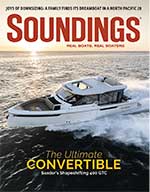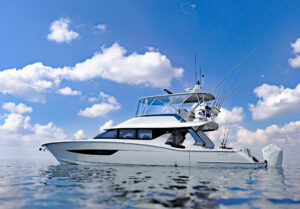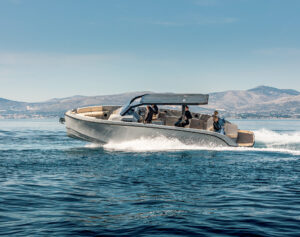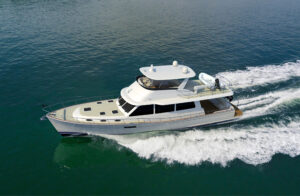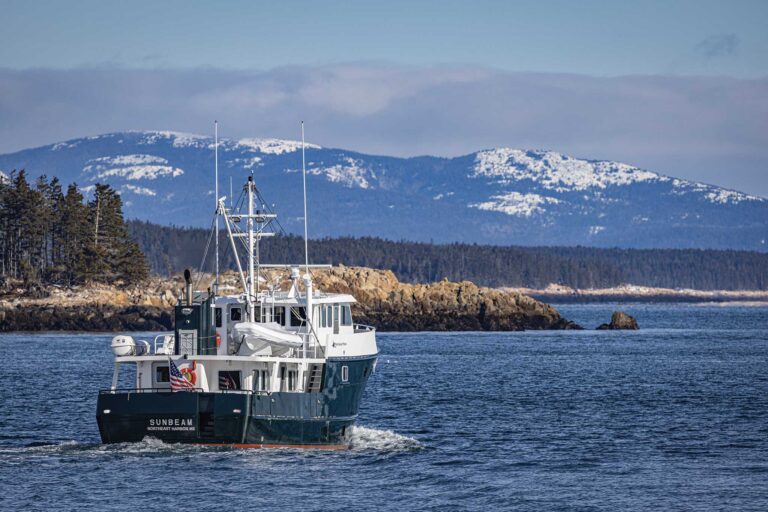In 1874, a 13-year-old Michigan boy built himself a skiff. The folks in Algonac liked it and asked the enterprising youngster to build more. And he did. Chris Smith went on to become one of the premier boatbuilders in America. His company, Chris-Craft, became synonymous with pleasure boating.

By the 1920s, Chris-Craft was building a variety of models at a range of price points so there was a “boat within the reach of everyone.” The public responded. It was the Roaring ’20s, with easy money, fast cars and leisure time for boating. At the end of the decade, Chris-Craft had become the largest-volume producer of standardized powerboats in the world. Among the most distinctive boats were the triple-cockpit runabouts — 11 models starting at 20 feet. (The boat shown here is a 25-footer from 1937.) Elegant dayboats, they were built of double-planked mahogany (with oiled canvas in between) on white oak frames. A single engine powered them at speeds that ranged from 28 to 45 mph, and they were deemed “safe for the amateur to operate.”
The sales pitch worked because the boats were a lot like automobiles. The driver sat up front behind an adjustable windshield, and the helm had an automobile-style steering wheel, throttle controls, a dashboard with gauges and a floor-mounted gearshift lever. The bench seating (with kapok filling) was separated into three cockpits, similar to the seats in a big touring car. The gas engine (Ford, Chrysler or Hercules) was mounted between the middle and aft cockpits.
The triple-cockpit runabout was a boat to ride around in — to see and be seen. High-profile customers, from movie stars to moguls, sought out the various models. The biggest yachts of the day might have had a Chris-Craft as a tender. And they were popular as water taxis and harbor tour boats.
The stock market crash of 1929 put a crimp in Chris-Craft’s production, and less-costly Utility models, with open layouts and a single seat, replaced the sleek runabouts. Today, triple-cockpit runabouts are prized for their classic looks and on-water performance.
This article originally appeared in the February 2017 issue.

